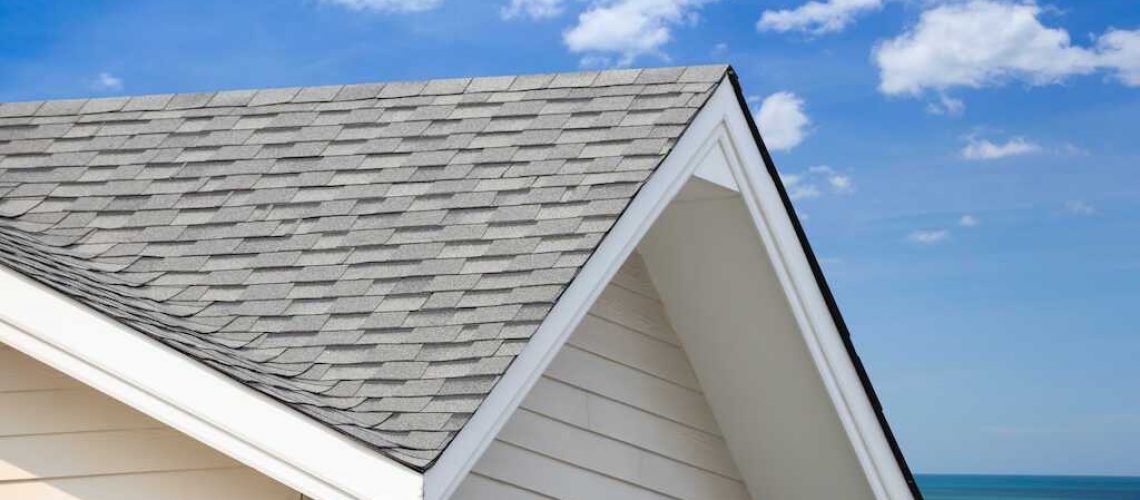Did you know there are three main types of shingles used on roofs?
While three doesn’t sound like a whole lot of options, the three options available provide a variety of pros and cons for homeowners to consider.
There are many types and types of shingles to choose from when it comes to your home. As a homeowner, the type of shingles you choose for your home is more important than you think. The type of shingle you use can help to protect your home and even add to the overall value of your property.
If you’re struggling to figure out what type of shingle would be the best for your roof, don’t worry. We’ve created this guide to help you better understand how to choose the right type of shingle for your roof. Keep reading to learn more!
How to Choose the Right Type of Shingles
Now that you know something about three types of shingles, you are ready to know which one is right for you. But how do you do it?
The best way is to consider things like your budget, how you want it to look, and more. Keep reading to find the right asphalt shingles for you.
The Shape of Your Roof
The slope refers to how steep the angle of your roof is, and is usually measured by two numbers that represent the rise and height of your roof. The rating for the slope represents the length. Your roof may not be suitable for heavier types of roof shingles, depending on the slope.
Choose a Color
Now it’s time to choose the color of the shingles. While this may seem like a simple process, it is often the most difficult step for a homeowner. After all, color selection is a personal and subjective process.
Since everyone has a unique sense of style and taste, it is not possible to give a firm and quick rule on how to choose the color of the shingles.
One of the best ways to choose a color is to drive around. Take a look at the different color combinations of roofs, bricks, tiles, and paneling colors that your neighbors have tried.
Make a list of what you like and avoid those you don’t. Once you’ve narrowed down your selection, it’s important to look at a few full-size shingles samples or an existing roof finished in the same shingles style and color before making a final decision.
Always keep in mind that obtaining real shingles samples from your supplier is the best way to find out how the color of the shingles will look in combination with other color elements (brick, tile, and paneling color).
If you are considering a new varnish or tile, also take samples and take them out. Place it in natural sunlight and see how the colors work together and how they change under different lighting conditions.
Any Type of Warranty Offered
The roof is very important for the health and well-being of every home; therefore a guarantee is provided for the roofing materials and the professionalism of the installation. Sometimes these guarantees stand alone and sometimes, they are combined.
Extensive warranties are also available. This can be confusing, which is it’s important to talk to your roof installer so you can better understand what you need to cover to protect your investment.
Resistant to Impact
If you’re located in a state that gets a lot of bad weather, investing in impact-resistant shingles is another factor you should consider. Hail damage can cause damage to roofing materials and can impact waterproofing and cause the roof to be exposed to water, leaks, and possible mold.
Damage to the roof due to hail is not always observable to the untrained eye, which can cause the misconception of homeowners that their roof’s in good order because it doesn’t look like it’s damaged.
If you live in an ice-sensitive area, we recommend a roof with increased impact resistance. Roofing materials of all classes must undergo rigorous third-party testing, including impact resistance testing, before entering the market.
Each product has a Class 1 to 4 impact rating. Class 4 is the strongest rating against simulated ice tests. Shingles with a Class 4 rating can withstand an impact of up to 90 MPH without any damage to the shingle.
We would recommend you consider a stronger rating if you live in a state that’s prone to tornadoes, hurricanes, or severe ice storms. These shingles will help to keep your roof (and your home) safe.
Since these shingles can help minimize hail damage, a lot of homeowners’ insurance companies offer premium discounts if a pristine roof is installed. In areas where hail is widespread, some insurance companies demand a high-impact roof to be installed over an existing roof to qualify for insurance protection.
Impact-resistant roofs are found in a lot of types of materials, from naturally strong metal roofs to shingles with rubberized polymers mixed with asphalt to help fight against strong currents.
Choosing the Best Type of Shingle for Your Roof
There are several factors to consider before choosing your preferred roof shingles material. Your personal preferences are paramount when choosing the best roofing material for your home. Your home is where you live, and you must be satisfied with the appearance of the material and be prepared for the need for its care.
Do you need help figuring out what type of shingle would be best for your home? Contact us today so we can help you!




